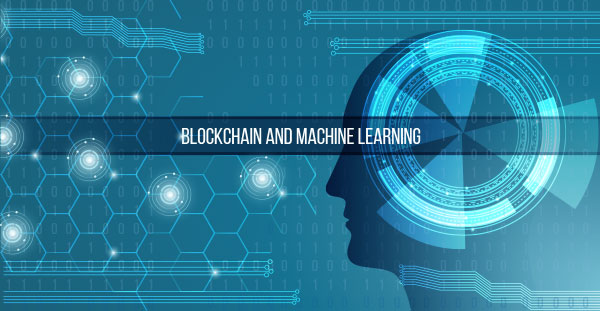Machine Learning (ML) can be described as software that changes when it learns
from new information. As the software is self-adaptive, it’s not necessary to
add new rules manually.
A great example of how this works is spam detection where
the software continuously improves its own ability to identify junk emails over
time. It does this by studying the construction of algorithms to learn and make
predictions on the data.
When Artificial Intelligence (AI) and blockchain converge,
the latter can benefit from AI’s ability to accelerate the analysis of an
enormous amount of data. In fact, putting the two together can potentially
create a totally new paradigm.
By using ML and AI to govern the chain, there’s also an
opportunity to significantly enhance security. Further, as ML loves to work with
a lot of data, it creates an opportunity to build better models by taking
advantage of the decentralized nature of blockchains (that encourage data
sharing).
Sometimes when all the data from silos converge, you might
end up with a qualitatively new data set that’s also a better data set. As a
result, it will lead to the creation of a qualitatively new model where you can
derive new insights which, in turn, can provide new opportunities for building
cutting-edge next-generation business applications.
This can be a game changer for the finance and insurance
industries as it could be used as a tool to identify fraud. It can also benefit
other industries far beyond finance and insurance because of a shared ledger
system with two patterns of ML use cases:
- Model chains that address the whole chain or a segment;
- Silo ML and predictive models to address a specific segment of the chain.
(an excerpt from text on https://medium.com/@Intersog/what-happens-when-you-combine-blockchain-and-machine-learning-2afafc9654d2)

No comments:
Post a Comment